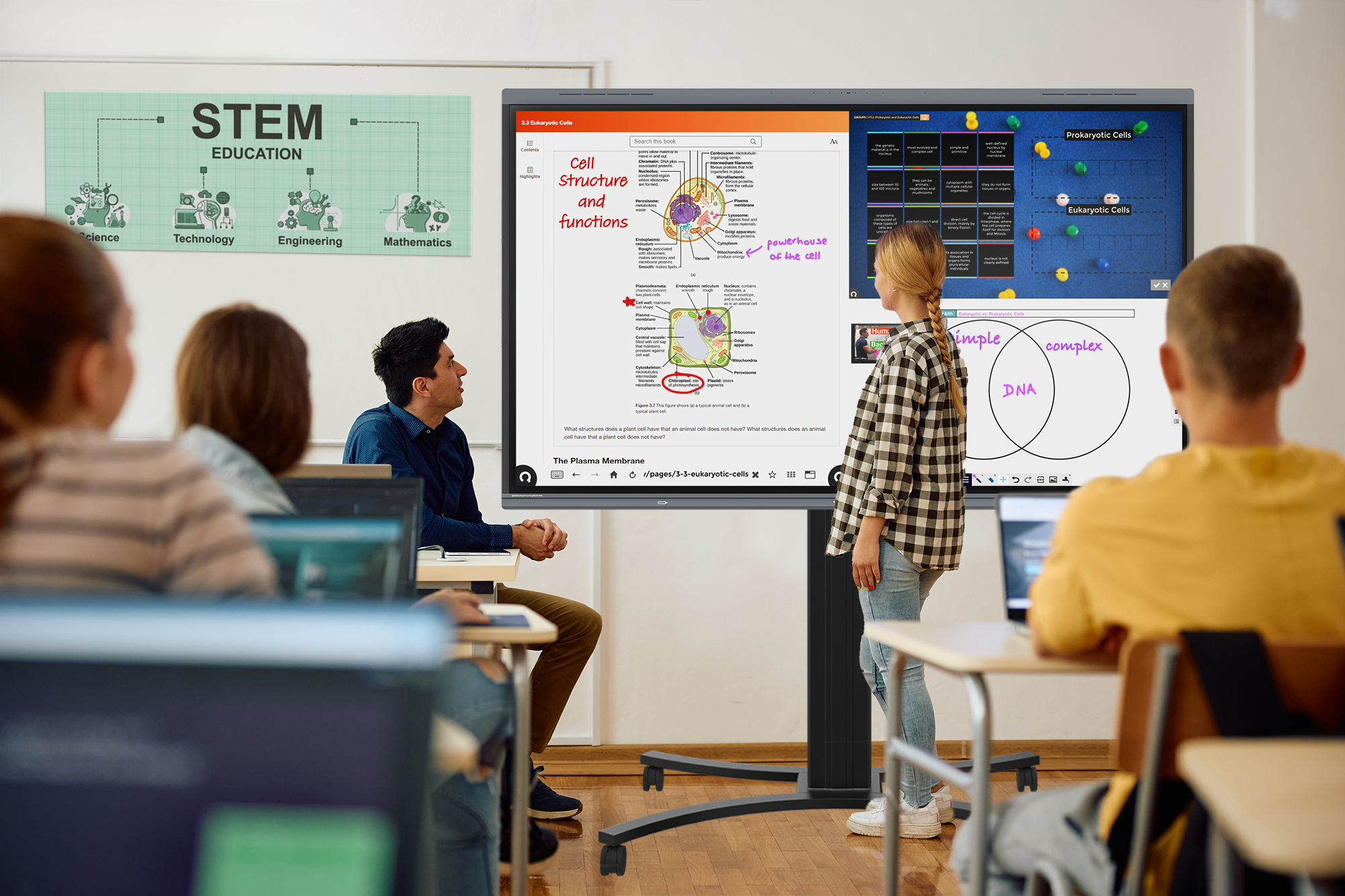9 Key Attributes of an Informal Learning Space
Learning can take place anytime, anywhere. Specifically in higher education, identifying Informal Learning Spaces across various campus landscape has proven to provide important opportunities for students to gain deeper understanding of their class materials. But what is an informal learning space?
In Informal Learning Spaces, "the ownership of learning lies with the individual to design their own experiences, create their learning incomes, and self-assess." They include variety of areas where learning occurs WITH the environment, and therefore, is non-structured, non-systematic, spontaneous, and sometimes even involuntary.
So how are these spaces identified? What attracts learners to these specific spaces? Here are 9 Key Attributes of an Informal Learning Space.
1. Destination
The destination attribute focuses on where the learners prefer to study. In many cases, students select spaces to learn in based on their own personal lists of requirements and preferences. The selections can change based on the learning activity undertaken, the amount of time in-between classes, the proximity of the space to another, or even on a more ad-hoc basis, such as convenience.
2. Identity
The identity attribute focuses on the ethos of a space and the feeling it provokes when utilized. Often times, many spaces are not used in the way the institutions have originally anticipated; Based on the layout and the location, students should be able to have control of these spaces and manipulate them to best suit their learning needs - eventually facilitating a sense of ownership and responsibility.
3. Conversations
The conversation attribute focuses on the importance of collaboration and interpersonal communication. With conversations being "where significant learning can occur," providing spaces that encourage gathering for a spectrum of group sizes is encouraged for the best possible informal learning to occur.
4. Community
The community attribute focuses on social interactions and a shared sense of common purpose in various learning spaces. Many learners express preferences for collaboration and environments that support the need for both planned and unplanned conversations. Students who share a common purpose can grow through motivation and surrounding support - and informal learning spaces provide such opportunity.
5. Retreat
The retreat attribute focuses on learners' preferences for privacy and/or quiet study time. Whether independently or in group settings, learners can greatly benefit from spaces in which they are able to enjoy not only the privacy but also limited background distractions.
6. Timely
The timely attribute focuses on informal learning accommodations that best support the learners' academic and non-academic schedules. It's important to provide more and quicker access to certain resources around the campus, as well as extended opening hours for certain facilities, when considering convenience on campus.
7. Human Factors
The human factor attribute focuses on ergonomics of workspaces and a range of physical characteristics in such spaces.
- Workspace Area: Learners often seek large personal workspaces that can comfortably provide the space for their academic resources and personal belongings.
- Seating Options: Learners have different preferences for the level of physical comfort when consuming knowledge. It's appropriate to provide a range of furniture (soft for comfort, or hard for better concentration) support such distinct likings.
- Light/Nature: Click Here to learn more about the different benefits of providing natural lighting for students. Click Here to learn more about how using natural elements can inspire mindfulness in classrooms.
8. Resources
In the world of BYOD (Bring-Your-Own-Device), being able to charge up at any time and have easy access to the internet and technology resources is paramount: “Access to IT resources was important to the majority of learners…More plentiful and visible plug points encourage and validate student use of personal technologies which support learning.”
9. Refreshment
A study found being able to eat and drink in classroom settings can make a space more attractive to the learners - therefore encouraging more learning as well as socializing. The convenience and comfort element of being able to consume refreshments allow students' physical bodies to thrive along with their mental health. Learn more about Learning Cafes Here.
Informal Learning Spaces play a significant role in enriching student experiences in learning environments. It's beneficial for institutions to quickly identify the spaces on their campus that bring such enrichment to their learners. It's time to not just allow, but encourage, connection, invention, and discovery to happen outside the traditional classrooms.




























